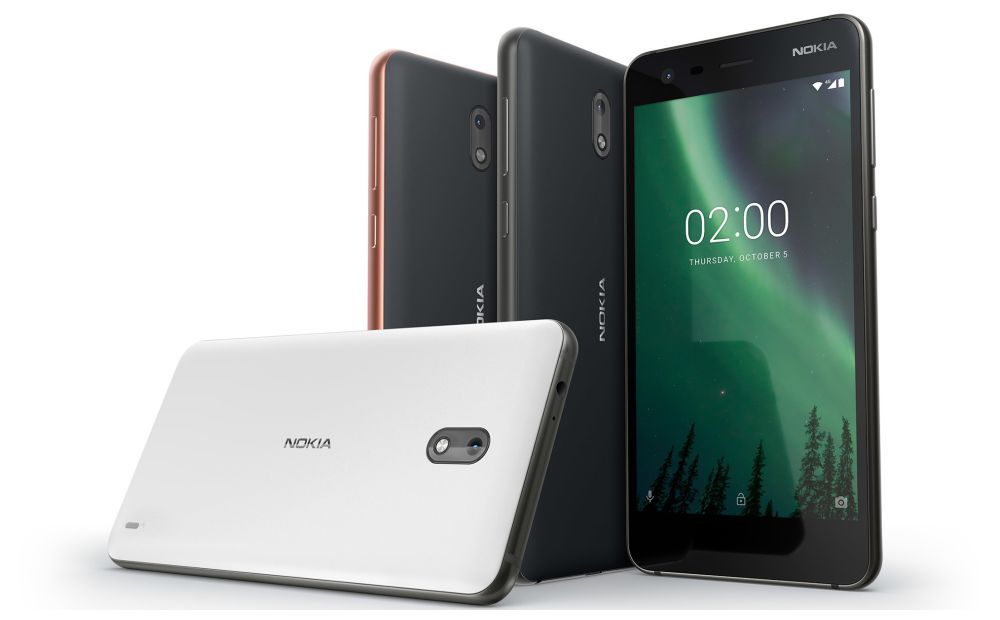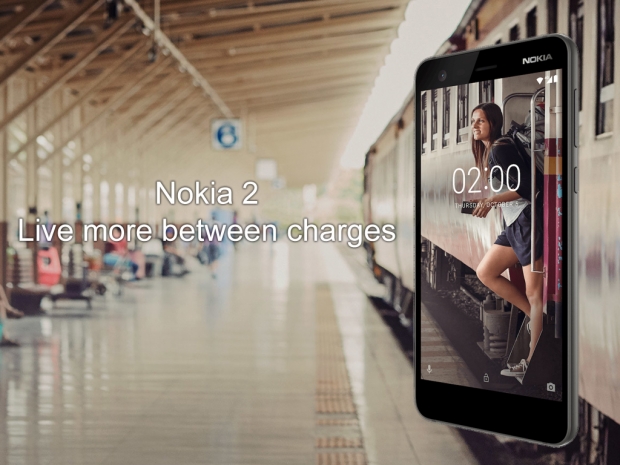Since it is launching at the affordable price tag of €99, it does not come as a surprise that HMD had to cut down the specifications for Nokia 2, aiming for a rather lucrative entry-level market.
Built around a 5-inch LTPS LCD screen with 1280x720 resolution and protected by Gorilla Glass 3, the Nokia 2 measures 143.5 x 71.3 x 9.3 mm and uses a precision-machined aluminum frame with a polycarbonate back. The Nokia 2 is IP52-certified, which means it is dust protected and resistant to "dripping water".
The heart of the Nokia 2 is Qualcomm's Snapdragon 212 SoC, based on four Cortex-A7 CPU cores clocked at up to 1.3GHz and Adreno 304 GPU, 1GB of RAM and 8GB of internal storage, expandable via microSD card slot.
Despite its affordable price, HMD managed to squeeze in a rear 8-megapixel camera with auto-focus and LED flash and 5-megapixel front camera selfie camera with fixed focus. It also comes with a hefty 4,100mAh battery, which should keep it alive for two whole days, at least if you use it for gaming, video streaming, calling, sending SMS, browsing and using apps for a total of five hours per day.
What makes it rather interesting is why HMD choose the Snapdragon 212 SoC with Snapdragon X5 LTE modem, is that it supports LTE Cat. 4, with 150Mbps download and 50Mbps upload, and 2x10MHz carrier aggregation with up to 64-QAM downlink (1x20MHz and up to 16-QAM uplink). Nokia 2 also comes with 802.11bgn WiFi, Bluetooth 4.1, GPS/AGPS/GLONASS/Beidou, FM with RDS, Ambient light sensor, Proximity sensor, Accelerometer (G-sensor) and E-compass.
Nokia 2 will run on Android 7.1.1 Nougat OS out of the box, with Google Assistant and unlimited video and photo storage on Google Photos, and should get Android Oreo update in future. The phone, coming in Copper Black, Pewter Black, and Pewter White color options, should be available globally in mid-November with a price set at €99.





